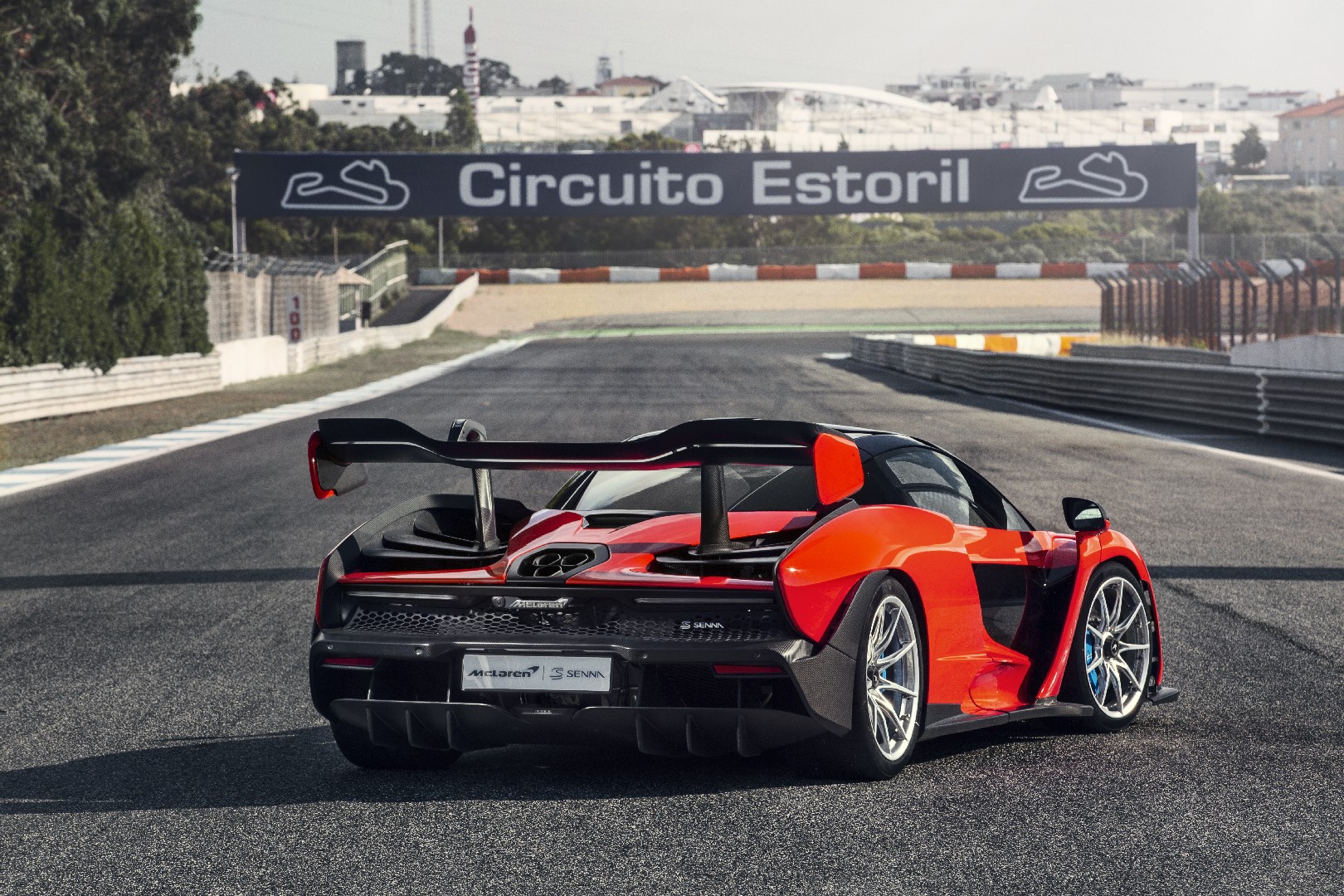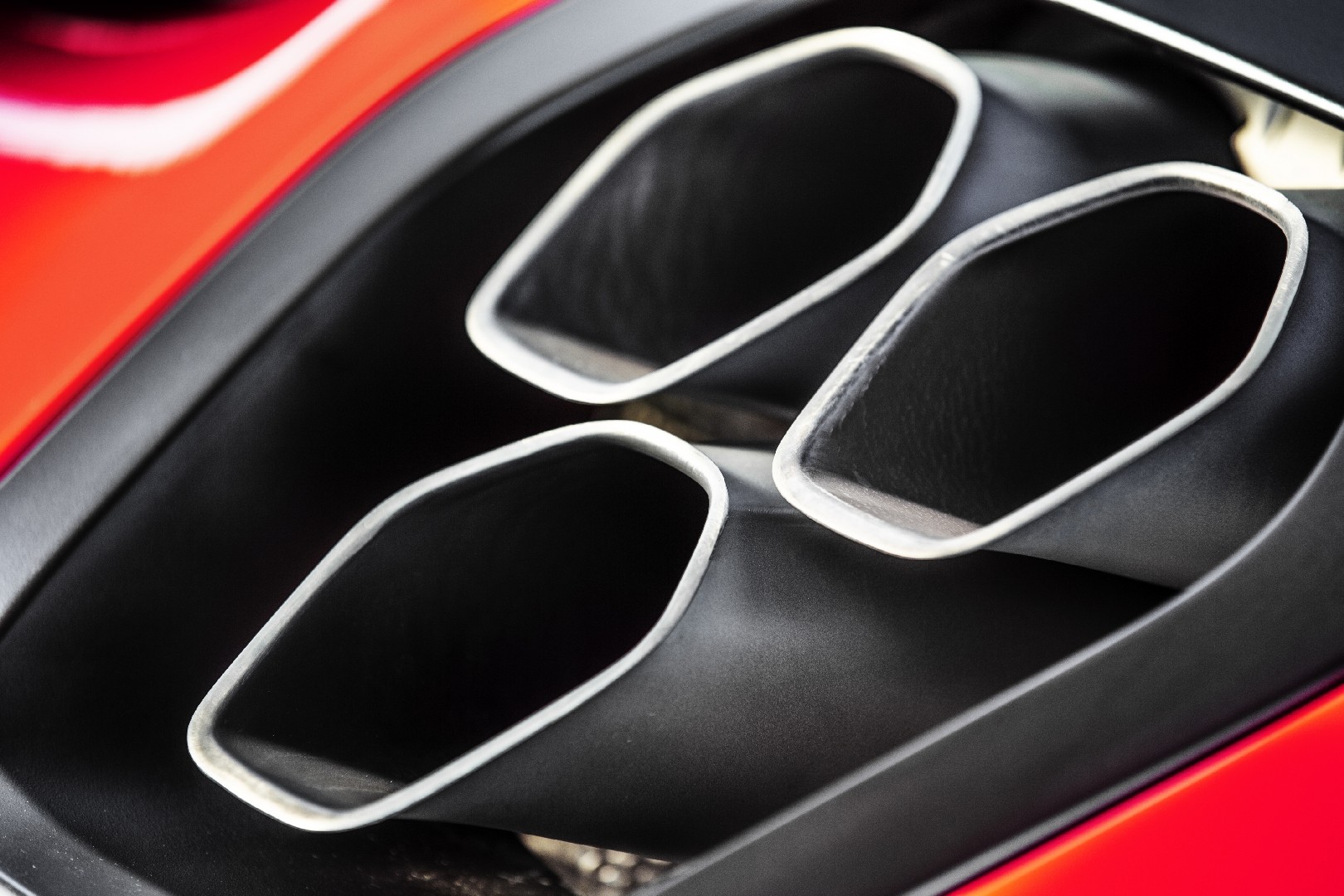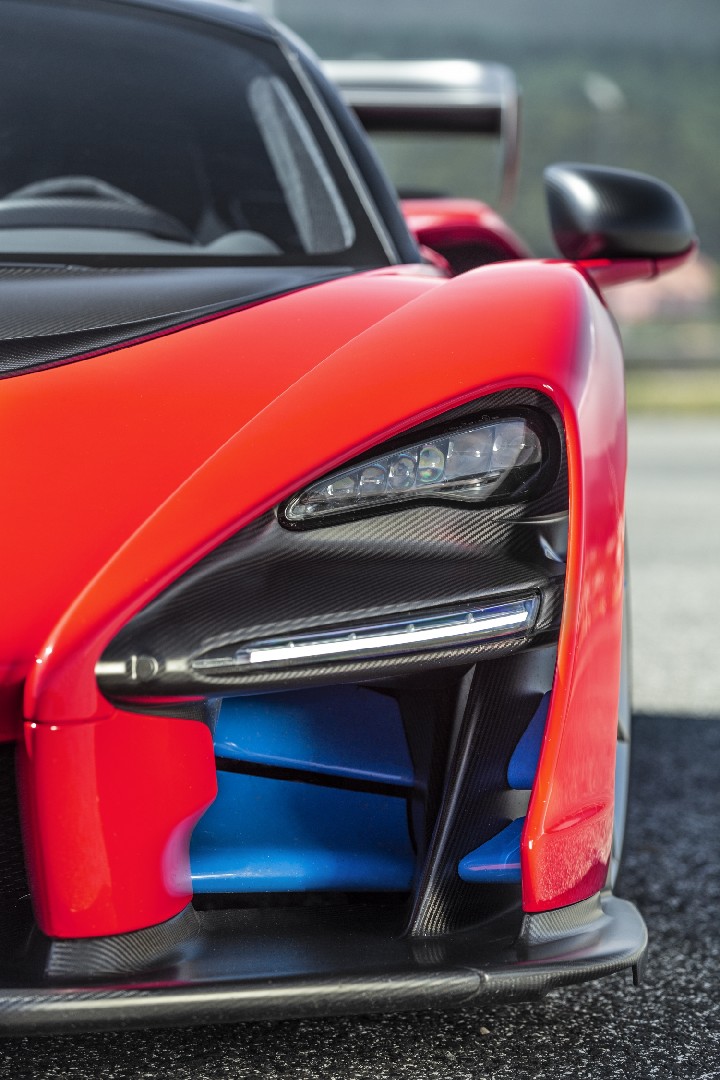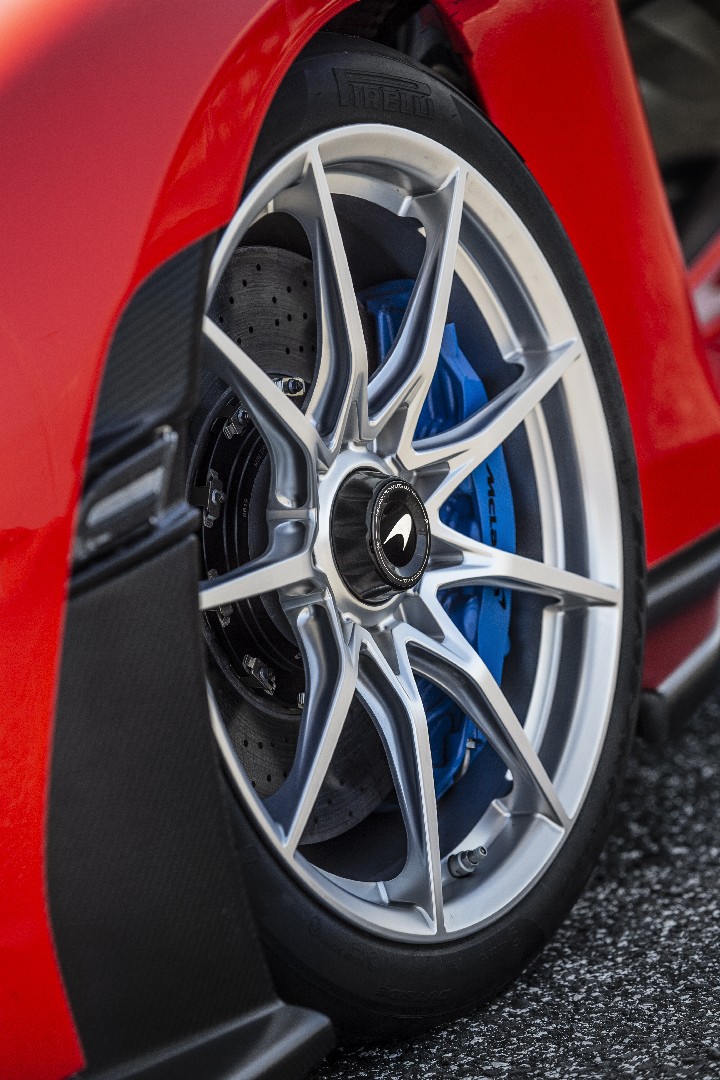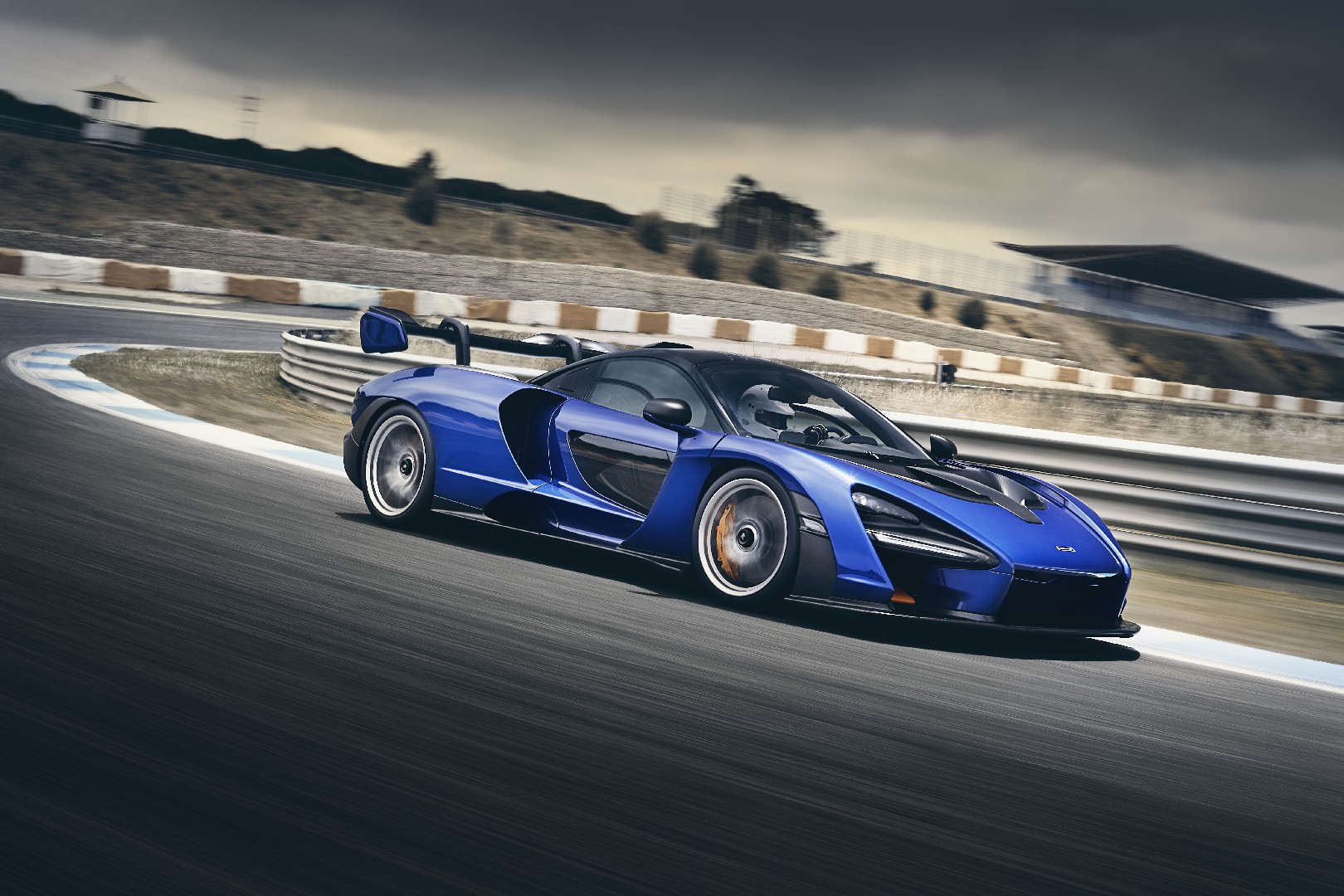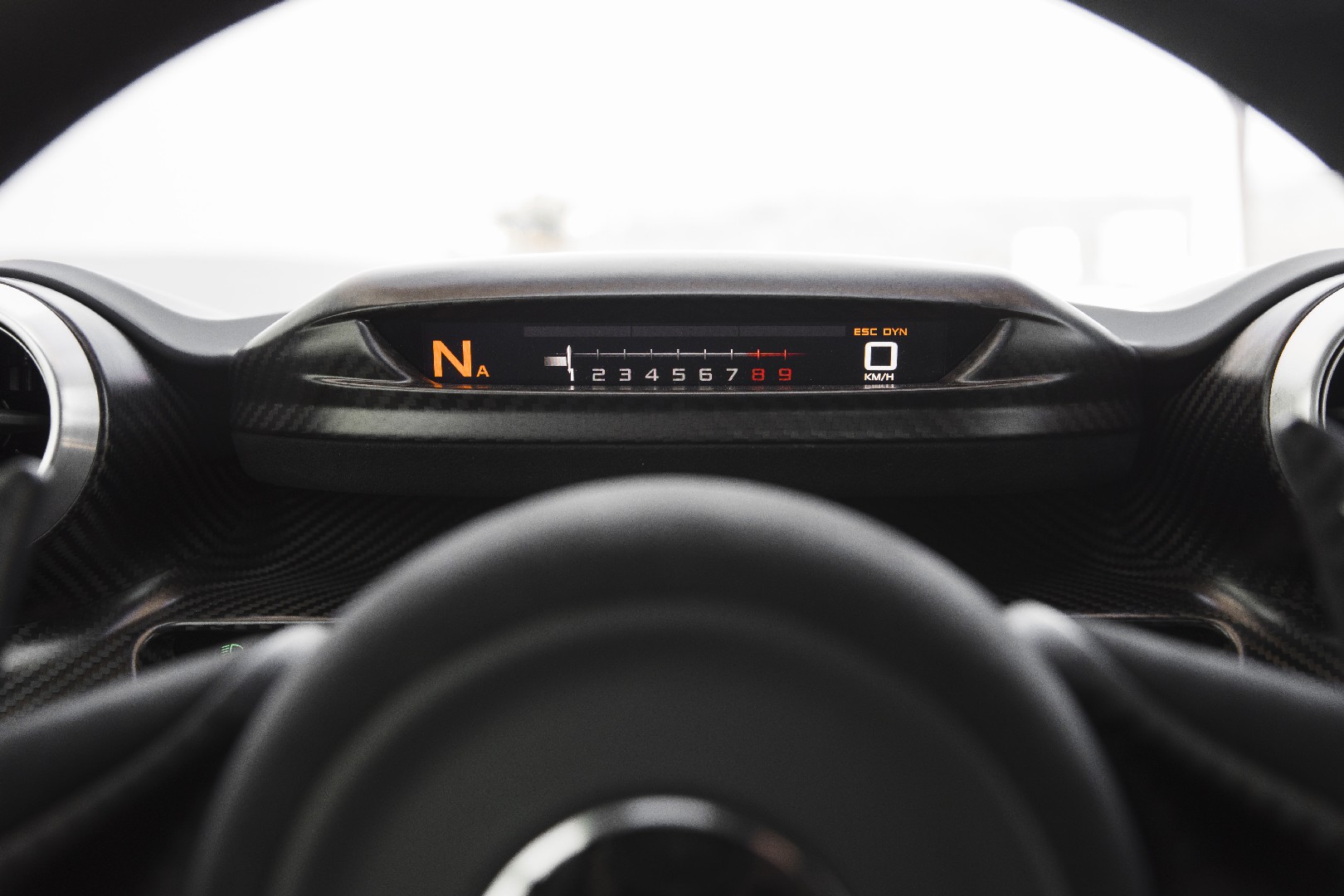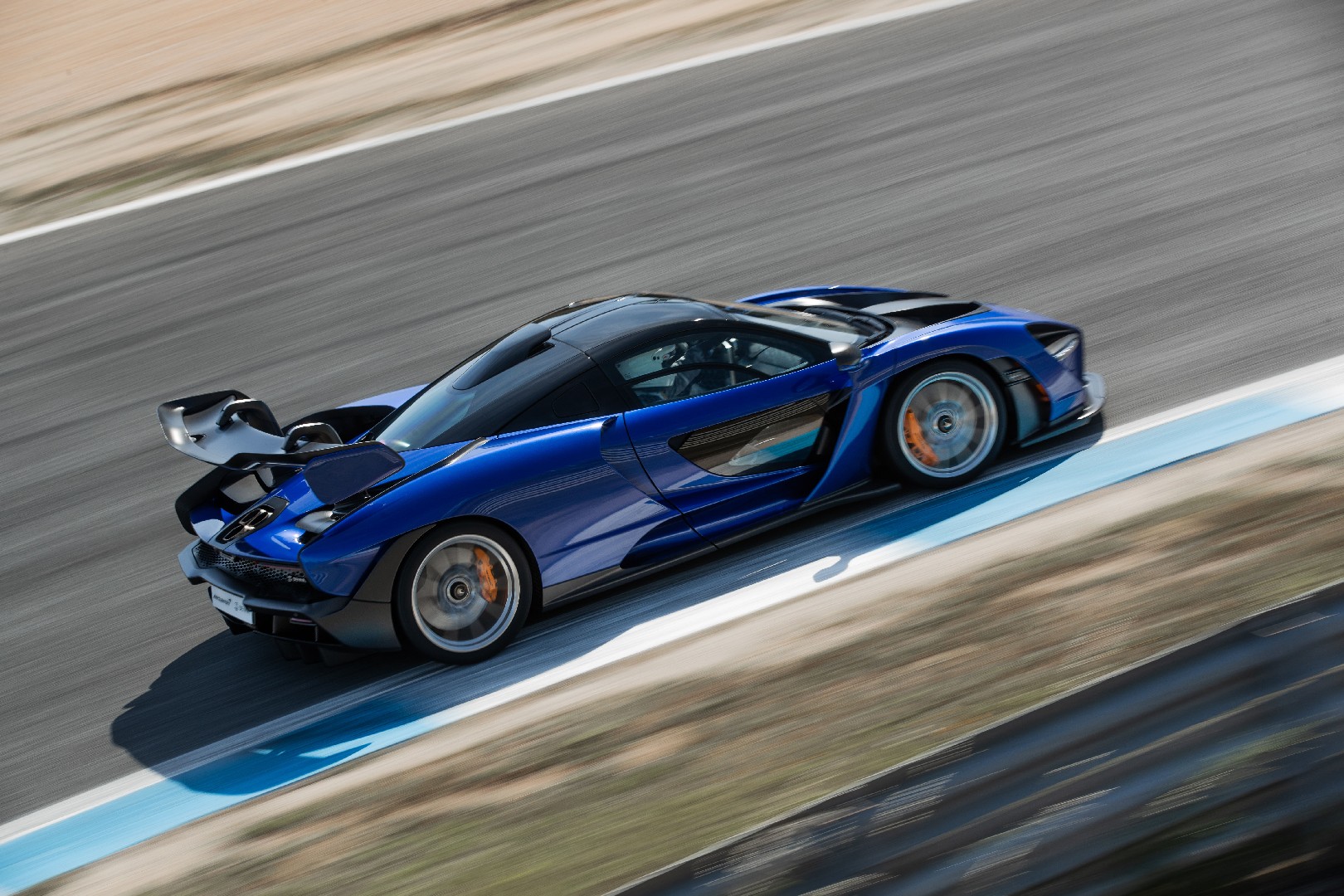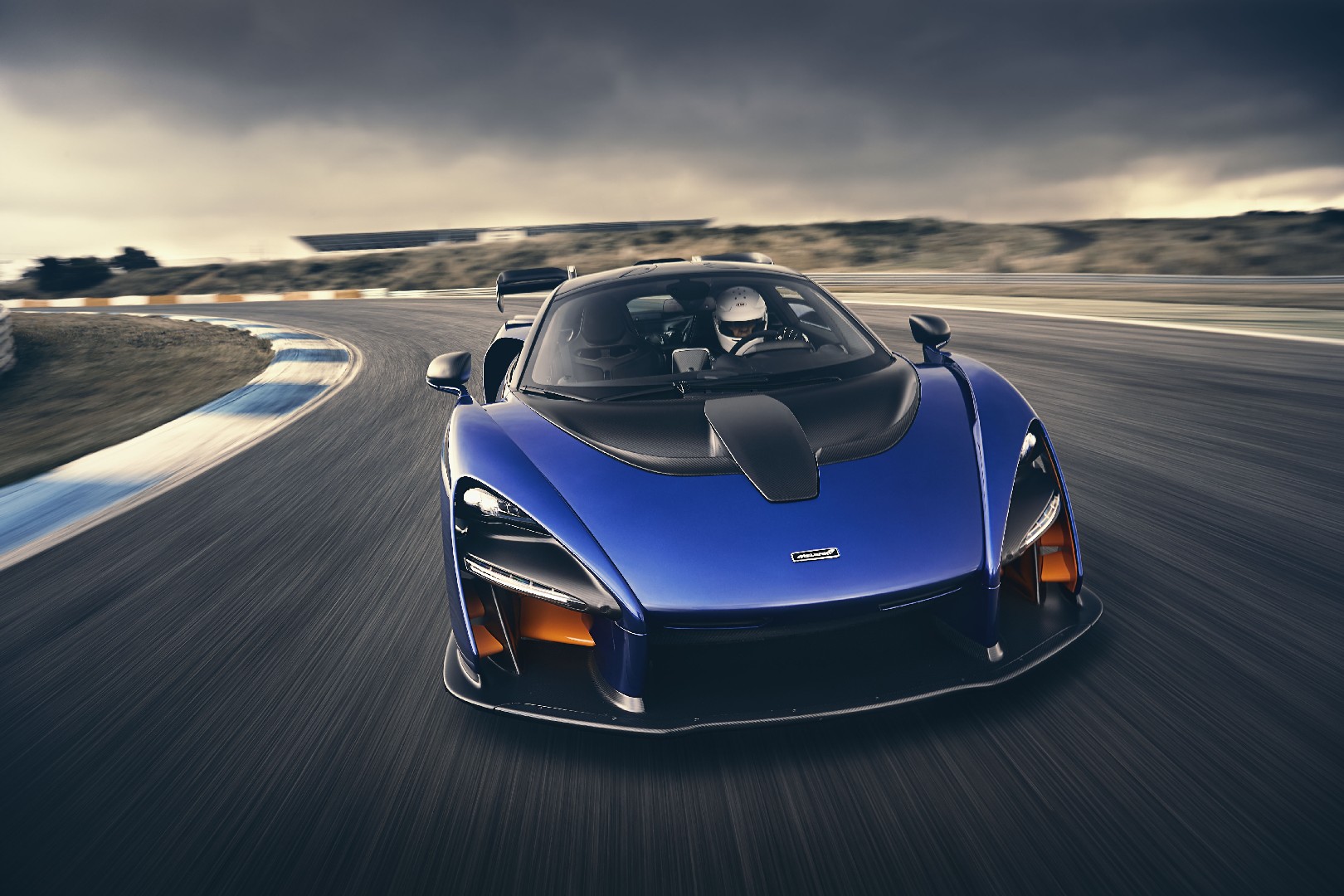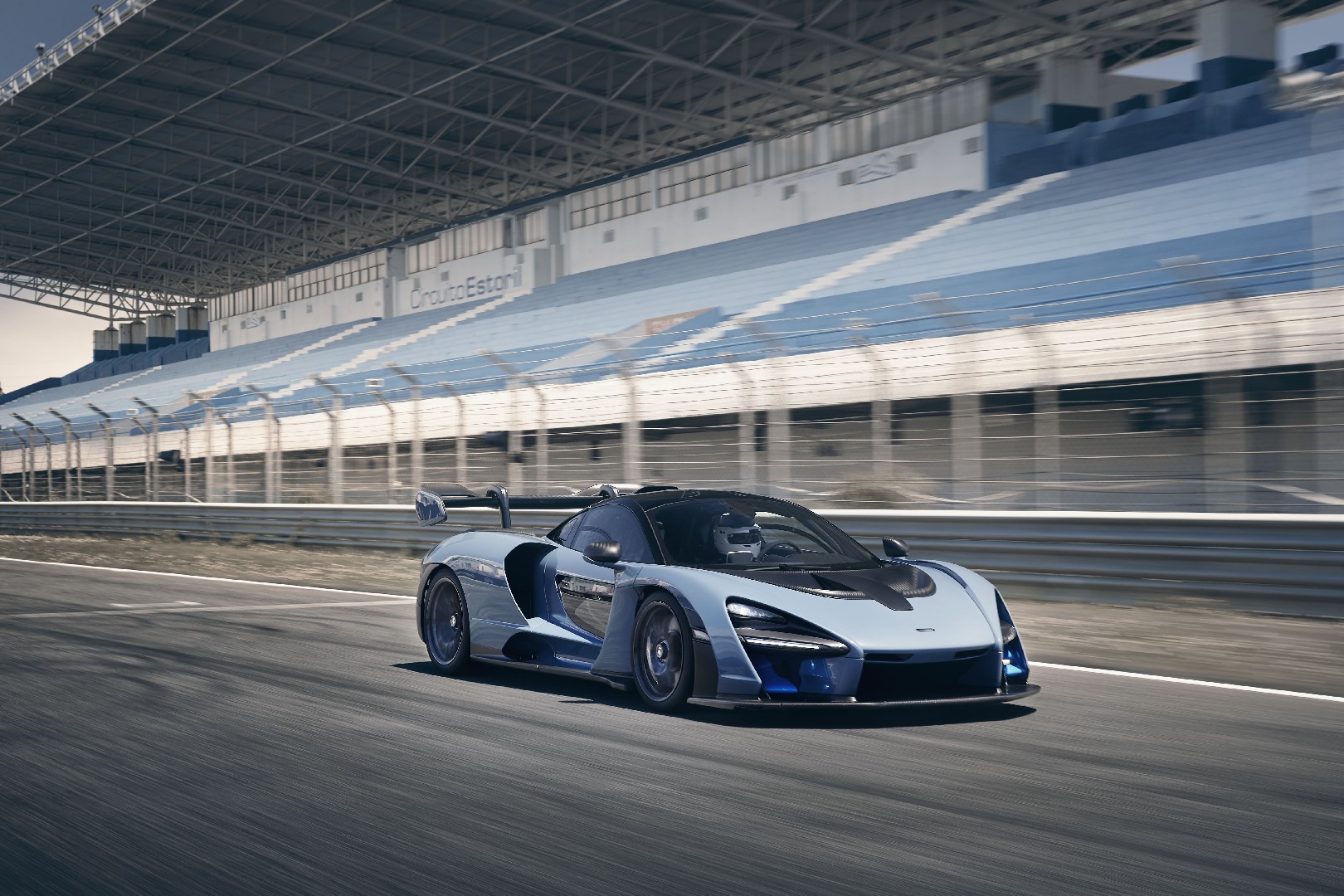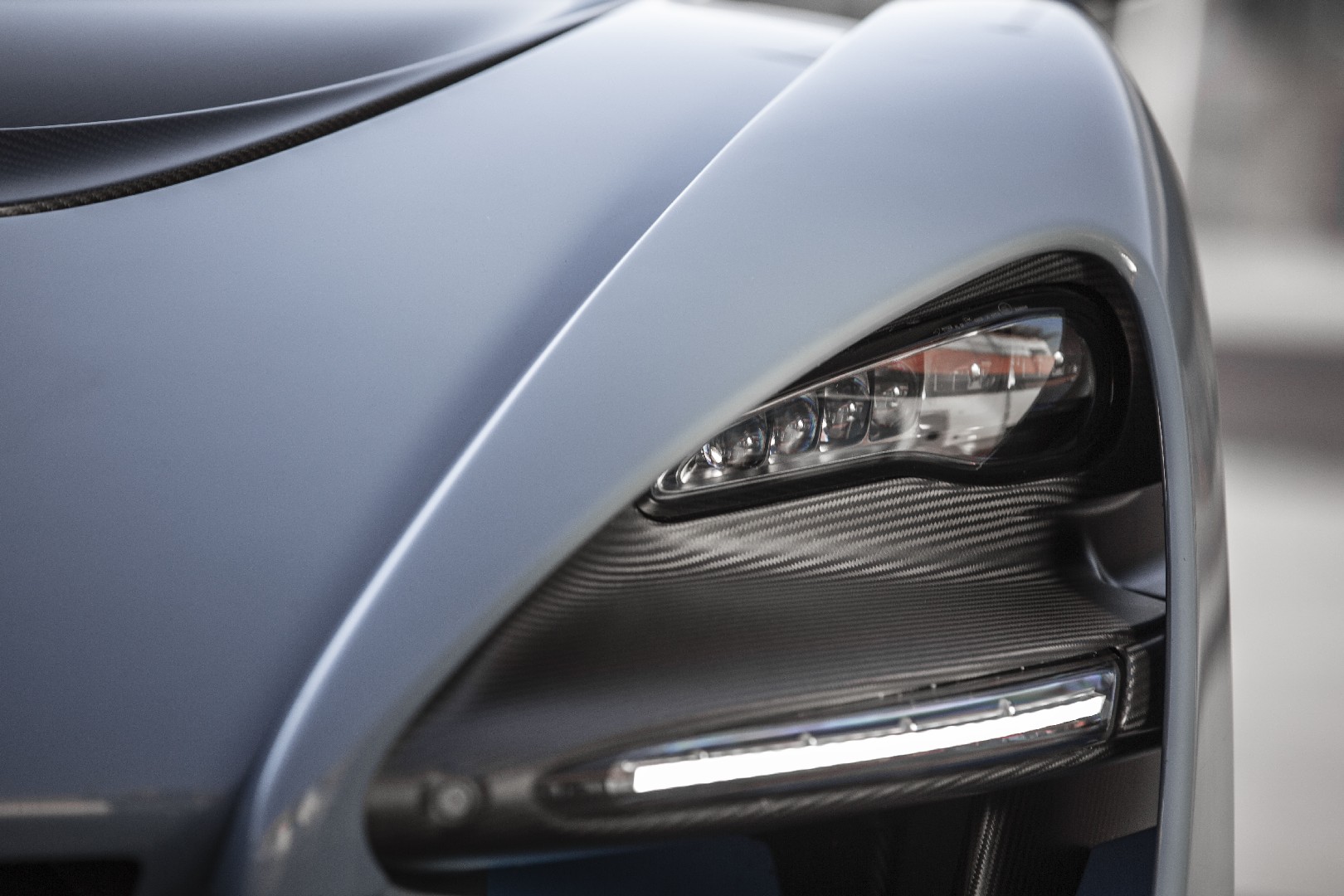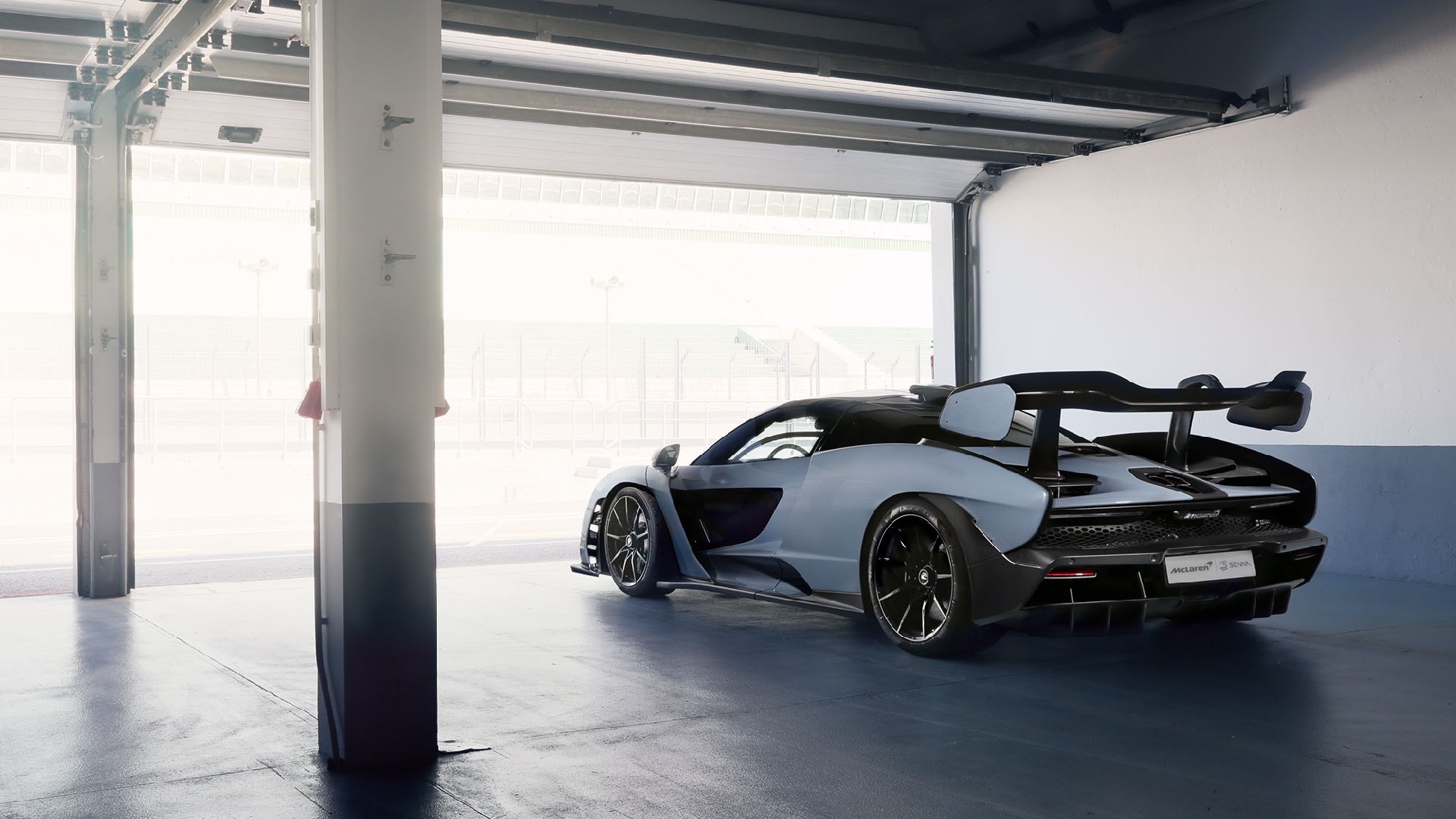I have been rather unlucky when it comes to McLaren driving events; my time with the McLaren P1 in Bahrain was cut short due to a little fender bender another journalist had with the only P1 we could drive. During the 570S launch horrendous rain literally flushed us off the track and now with the McLaren Senna my session in Estoril was over before it even started. Shit happens.
But luckily McLaren gave me another chance so here I am at the pitlane of the world famous Hungaroring F1 circuit with a brand new McLaren Senna waiting patiently in front of me. The Hungaroring is notoriously hard to overtake due to the technical nature of the track but since I will be driving alone today that won’t be a problem.
The McLaren Senna is named after F1 racing legend Ayrton Senna who drove for McLaren F1 from 1988 and 1993 and won 3 world championships during that time. It is a great honor to both McLaren and the Senna family that this car is named after Ayrton Senna.
It is the second car in what McLaren calls the Ultimate Series; the range-topping and physics-defying McLaren model line-up that started with the McLaren P1. The McLaren Senna is the second in line and supposed to be the ultimate track car followed soon by the McLaren Speedtail which is aimed to be the ultimate road car.
The McLaren Senna promises to be the lightest, fastest and most engaging McLaren yet. Although it looks nothing like any McLaren we have seen to date, from the outside there are some similarities with other McLaren’s across the range. The lightweight aspirations and high safety standards at the same time would not have been possible without the extremely light McLaren carbon fibre monocage. Modified for Senna and dubbed the monocage III it only weighs 94.5 kg. Along with new carbon fibre applied through out the body (the huge rear wing weighs only 4.85 kg) and the interior (the dedicated racing seats way only 3.35 kg incl seat pads) it brings the total weight to 1,198 kg. In comparison the P1 weighs nearly 200 kg more.
Another familiar component is the engine. The 4.0 liter V8 twin turbo engine is the power plant of choice, an upgrade from the 3.8L unit used since the introduction of the 12C in 2011. In the Senna it has been further developed and tuned to deliver 800hp and 800Nm of torque. This allows the rear-wheel drive Senna to sprint from 0-100 km/h in just 2.8 seconds, 0-200 km/h in 6.8 seconds and 0-300 km/h in 18.8 seconds. It tops out at 335 km/h.
Stopping power is equally as important for a track car as the acceleration so a lot of time and effort has been spent on creating a new braking system for the McLaren Senna using racing technologies. Cooling vanes are machined into the disc. The discs have four times the thermal conductivity and are 60% stronger than conventional carbon discs allowing them to be smaller saving additional weight. The result is a stopping distance of just 29.5 meters from 100 km/h and 100 meters from 200 km/h.
The design is very much about form follows function. Aerodynamics played a key role in the design which explains the teardrop shape of the car to maximize airflow. The massive rear wing constantly adjusts its angle and works in conjunction with the front flaps. Interestingly, they are not just there to increase downforce but at some speeds they bleed off some the tremendous downforce. At 250 km/h the Senna generates an incredible 800 kg of downforce.
But enough about the technical aspects of the McLaren Senna it is time to put my racing suit and helmet on and see if the McLaren Senna offers a driving experience worthy of honoring Ayrton Senna.
The first thing you will notice when you get in is the extremely low seating position with the seat tilted slightly backward. All the controls are oriented towards the driver and all the buttons and switchgear are ‘glove friendly’. The new switchgear is beautiful and different from the models in the Sports and Super Series. The switches for the familiar three performance and handling modes Comfort, Sport and Track are mounted below the new McLaren Driver Interface which can display track telemetry along with infotainment features.
A nifty little feature is the folding driver display. Tip the button and the screen folds away showing only a LED bar with gear, revs and speed thus reducing distractions to a minimum.
Accelerating out of the pitlane I can immediately tell this is a different beast entirely. This feels like a proper race car. The engine screams and fills the cabin with a volume unlike any other road legal car. The brakes provide excellent stopping power but you have to really put your weight on the brake pedal to get their maximum performance. Braking down from around 250 km/h on the main straight the first time gets me down to cornering speed around 50 meters before the corner so I can brake way later than my brain would let me.
On the technical back part of the Hungaroring it is incredible how well the Senna sticks to the tarmac like its glued to rails, increasing pace and cornering speeds lap after lap. It is a very, very confidence-inspiring car. And even when you push it beyond the boundaries of grip it is very easy to control and extremely stable. And if you need a hand you can use the drift control first introduced on 720S to set the boundaries for the drift angle. After half a dozen exhilarating laps I pull back into the pits, I’m sweating from top to bottom but grinning from ear to ear.
It is hard to comprehend that this track weapon is completely street legal. The bespoke Pirelli P Zero Trofeo R tires will not do many favors in the wet but it is still incredible that McLaren got the Senna homologated for road use. Not surprisingly it was one of the biggest challenges in the design and development of the Senna.
In total 500 Senna’s will be built and all have been sold out since December last year – before the customers even saw the car. Another 75 track-only Senna GTRs will be build with slightly more power (825hp vs 800hp) and even lighter as it’s stripped away from airbags and other parts needed for road homologation. These 1 million GBP+ track toys are also all accounted for. The first customer Senna’s have been delivered to their lucky owners with production ramping up at the MTC in Woking.
Conclusion
The McLaren Senna is as close as it gets to a race car. The weight-saving philosophy and aim for ultimate track performance is executed with an extreme consistency and it is hard to find any flaw. I couldn’t think of a better car to carry the Senna name.


